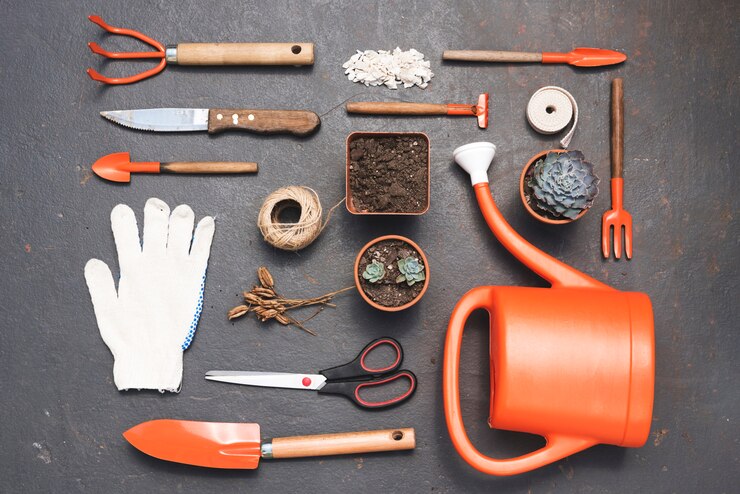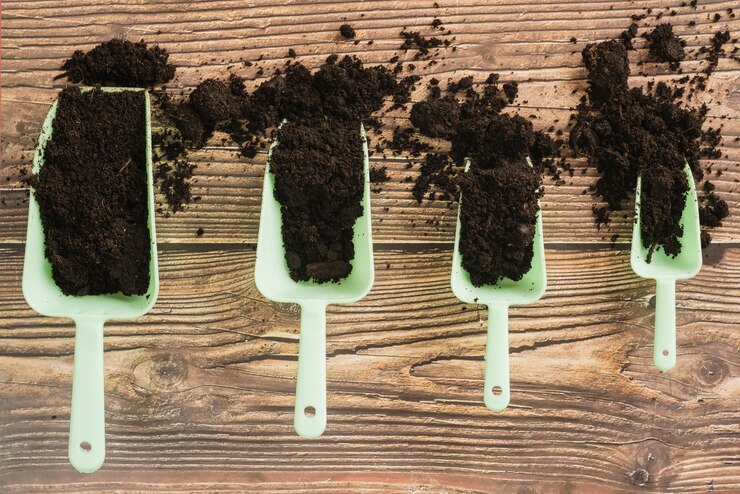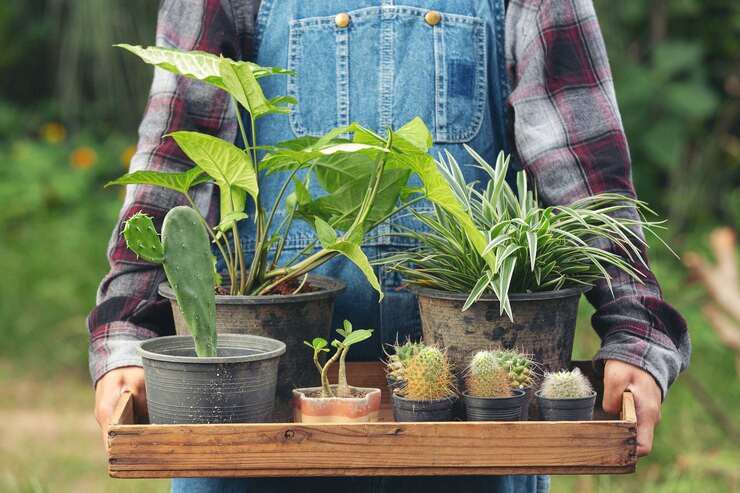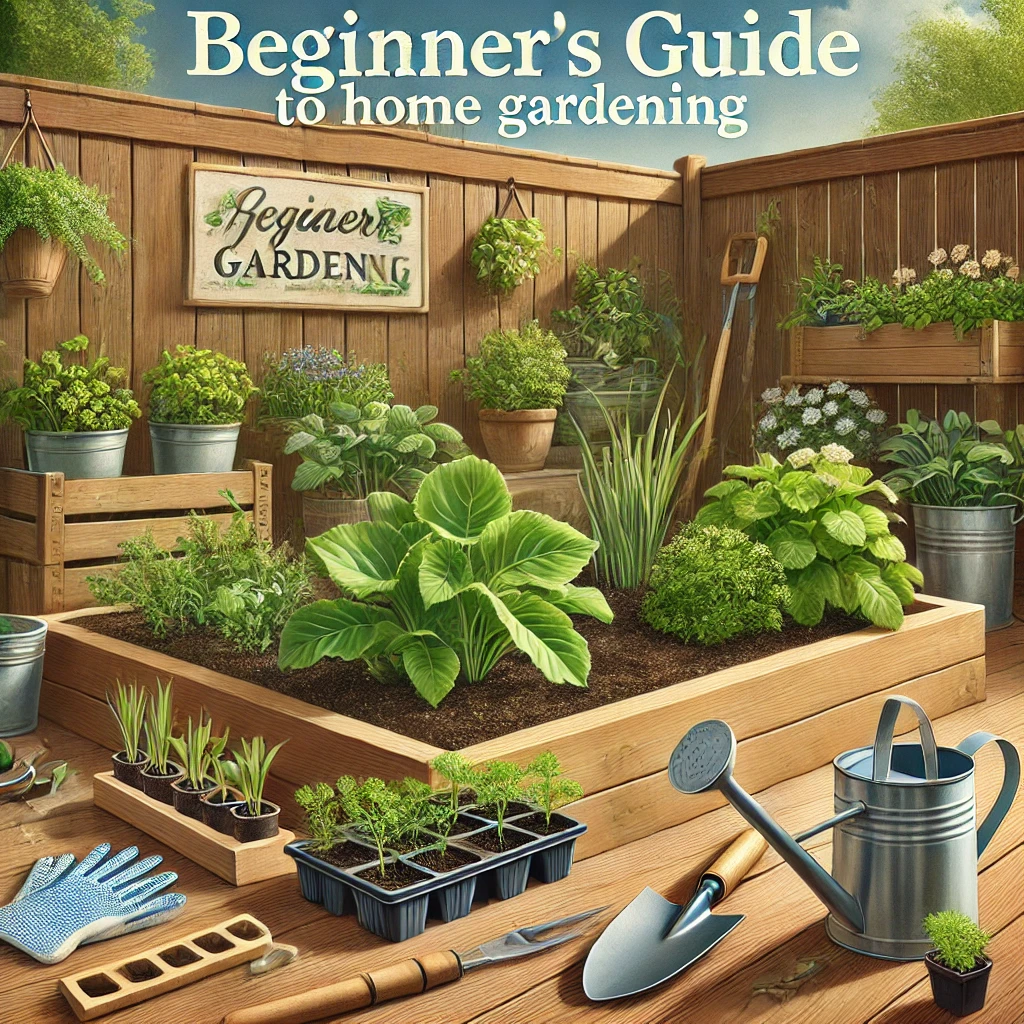Introduction: Why the Right Gardening Tools Matter
Starting a garden can be an incredibly rewarding experience, but to truly enjoy the process and ensure your plants thrive, it’s crucial to have the proper tools on hand. The amount of gardening tools can intimidate any novice, but possession of the basic gardening tools for a beginner really can make much of a difference in your garden. They help simplify the jobs of planting, weeding, pruning, and keeping everything clean in your garden so that you may be able to focus on growing beautiful and healthy plants.
With this in mind, we will walk you through the essential gardening tools you really need to start with, show you what these tools are for, and give you some tips on how to select good ones that will serve you for years to come. By the end of this article, you will be well-equipped to invest in what is right for you and to begin your gardening confidently.
Essential Gardening Tools a Beginner Must Have
The right gardening tools will lighten your work offer safety, and enhance efficiency. Following are some of the very important basic gardening tools that every amateur will require in order to begin their gardening:
1. Hand Trowel
A hand trowel is quite a universal and important gardening tool to have in the amateur gardener’s box of gardening tools. It’s ideal for digging shallow holes, transplanting young plants, mixing soil and compost, etc.
Uses:
• To dig small holes for planting
• To shift soil or compost around
• For transplanting of small plants or seedlings
Having chosen the hand trowel, find one with an ergonomic handle to suit your hand and with a hard metal blade to do the digging without bending or breaking.
2. Gardening Gloves
Protection from dirt, sharp-edged tools, and any other possible injuries is very important; this is so for beginners. A good pair of gardening gloves will protect and be comfortable on your hands while working in the garden.
Uses :
• Protect hands from thorns, splinters, and dirt
• Give hands a good grip when using implements
• Keep your hands dry and clean when working in the garden
Wear gloves made from robust materials such as leather or heavy-duty synthetic. They should be well-fitting but not overly tight so that you may handle and manipulate your tools with ease.
3. Pruning Shears (Secateurs)
Pruning shears are significant to both the health and neatness of your plants. To perform any required pruning of dead or diseased branches, perform general shrub shaping, or harvest flowers, a good pair of secateurs makes the work so much easier.
Uses:
• Dead or overgrown branch trimming
• Cut flowers for bouquets or harvesting vegetables
• Plant and shrub shaping
When choosing pruning shears, select those with a sharp, high-carbon steel blade and a handle that offers a comfortable grip. Consider buying a bypass pruner, which is designed to make clean cuts, without crushing plant stems.
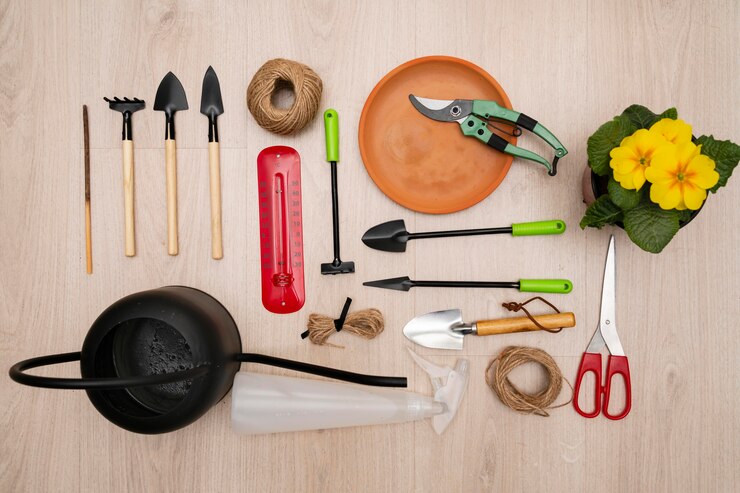
4. Garden Rake
A garden rake is the most important tool used for leveling the soil, removal of leaves, and breaking up clumps of the soil in your garden bed. Additionally, this tool is great to be used for spreading mulch or compost evenly around the garden.
Uses:
• Leveling and smoothening of the soil
• Collecting leaves, twigs, and other debris
• Mulching or spreading compost
Choose a rake whose tines are strong but on the same note flexible enough for easy leaf and other debris clearance without causing damage to the delicate plants. Generally, a light weight rake is recommended for beginners .
5. Spade
A spade is a heavy-duty digging implement for cutting into hard soil and allows digging deeper than with a trowel. These kinds of spades will be very important to do many tasks, like edging in your garden bed, trench digging for planting, turning compost, etc.
Uses:
• Digging or cutting through the soil
• To create edges for garden beds
• Turning and aeration of compost piles
Look for a spade with a sharp strong blade and comfortable handle. A long handle will give you more leverage, especially when you are digging compacted soil.
6. Watering Can or Hose
No garden can thrive in good shape without proper watering. You need a quality watering can or hose to have your plants well-hydrated.
Uses:
• Watering plants
• Dripping water slowly for fragile seedlings
• Accessing hard areas in gardens
A water can be used in small gardens and containers, while a garden hose will work better in larger areas. A hose will work even better if it has an adjustable nozzle to adjust the flow.
7. Wheelbarrow
A wheelbarrow is indispensable on the go, carrying loads of soil, mulch, plants, or even garden tools. It saves you from having to carry heavy materials manually to avoid strains in order to make your work easier.
Uses:
• Transferring topsoil, mulch, or compost
• Transportation of plants or tools within a garden
• Carrying garden debris for disposal
When making a purchase of a wheelbarrow, ensure it has a big strong tray and heavy-duty wheels that can run over rough terrain. A well-designed wheelbarrow with comfort on the grip will greatly ease your gardening work.
8. Hoe
A hoe is a very helpful tool in loosening soil, weeds, and even aerating your garden beds. It is quite handy when one needs to loosen compacted soil and prepare areas for planting.
Its uses include:
• Weeding your garden beds
• Breaking difficult ground
• Aerating the soil to assist in root growth
Obtain a hoe with a sharpened, strong blade plus a long handle to give you extended reach and leverage when weeding or mulching the soil.
9. Garden Fork
A garden fork can be very useful in loosening compacted soil, turning compost, and aerating your garden. It also comes in handy when trying to dig up the root vegetables like potatoes or carrots.
Uses:
• Loosening of soil and aeration of garden beds
• Turning compost and other organic matter
• Digging up of root crops like potatoes and carrots
The fork should be strong enough to handle rigid tines in tough soil. When choosing a garden fork, it is important to remember that the longer the handles, the greater the comfort and better the leverage.
10. Soil Tester
A soil tester is another imperative tool which will help an individual to understand the pH of your garden soil, the level of nutrients. You can test your soil from time to time and create conditions best for your plants.
Uses:
• Testing the pH of the soil
• Testing nutrient levels (nitrogen, phosphorus, potassium)
• Helping you determine the right fertilizers for your garden
A good soil tester should give you the right readings, and it is absolutely not complicated to use. Some have even added a chart on how to read the results and subsequently make the required changes.
Choosing Good Quality Garden Tools
Buying the right gardening tool will ensure that your experience in gardening will be as enjoyable and easy as it should be. The following are some basic tips to pick very essential gardening tools, which every amateur gardener shall require:
1. Quality Over Quantity: It is always better to have fewer, higher-quality tools than to have a whole load of low-quality, cheaper ones. Try to find those that are made from strong materials, like stainless steel or high-carbon steel, to serve for several years.
2. Go for Comfortable and Ergonomic Handles: Gardening, after all, involves hard work, so it is essential to obtain ergonomic handles that reduce strain on the hands and wrists.
3. Go for Tools with a Warranty: Most good brands include a warranty on their tools. Look out for warranties accompanying your tool; that can give peace of mind against any defects.
4. Consider Multi-use Tools: Some kinds of tool could be a multi-tool pruner or even a hoe, which can be adjusted for various tasks. These will lessen the load on your garden shed and lower your general investment.
5. Store Your Tools Properly: Clean your tools after use, sharpen the blades from time to time, and store them in a cool, dry place to avoid rust and wear.
Conclusion: Now Get Started with Your Garden
With these starter gardening tools on hand, one can now get down to work on the garden. Be it for flowers, vegetables, or a beautiful landscape-the right tool will get the job done more effectively and efficiently. As one gets comfortable handling these different gardening tools, one may add to the collection bit by bit. However, these form the basics, which give quite a good foundation to begin with for successful gardening.
Conclusively, this will be an informed guide that would equip the novice with ways of choosing the right tool for the job; hence, making the work less demanding and lovely to execute. Be it an initiation or a higher level in gardening, these tools set one on the right road to success.
Happy gardening, and may your plants bloom!
